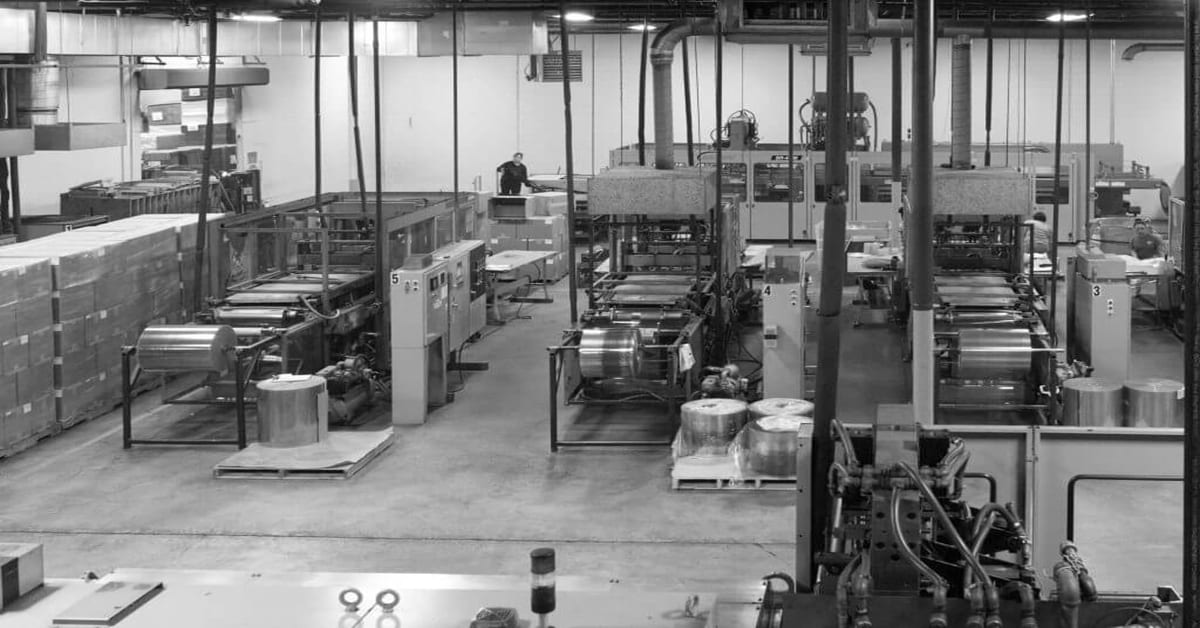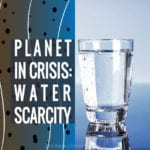Written by Donna Lee of Plastiform. In her spare time, she writes about the wonders of plastics and the power of sustainable packaging.
Recycled Plastic – the way to the future of sustainable packaging?
It’s no secret: If you want your company to enjoy sustainable support and loyalty for your products in the coming years, then you’ll need to start embracing sustainable packaging as soon as possible.
Here’s why:
An in-depth global online study conducted by Nielsen, an information, data, and measurement firm based in the US, revealed that 1 in 2 people from the Baby Boomer generation and 7 out of 10 Generation Z people are more than willing to purchase more or pay a premium for companies who are offering products and services that make a beneficial impact on the environment.
It makes a lot of sense to start choosing this green alternative of packaging, but what should you use for your products?
It’s easy to get lost in the overwhelming, and often confusing, sea of recycling terms, but in your search for a sustainable packaging for your business, you’ll see the words Post-Consumer Recycled Plastic and Post-Industrial Recycled Plastic a lot.
What are they and what are their differences?
Post-Consumer Recycled Plastic
Post-Consumer Recycled Plastic are plastic materials that have already been used and disposed of, like plastic water bottles, thermoformed trays, and plastic bags. These used plastic materials will then go through a meticulous process of:
- Segregation from other types of plastics
- Washing/Cleaning of plastic materials
- Crushing and drying of plastic materials
- And eventually, turning the plastic materials into plastic pellets
The last part is what makes recycling possible as these plastic pellets are easy to melt and mold according to a company’s plastic design and form preferences.
That means a food company that uses plastic trays for their packaging can gather their own used plastic trays along with other plastic that matches their material and then process it for recycling to come up with fresh-looking trays for their food.
All you have to do is ask thermoforming companies and they will tell you that post-consumer plastic recycling offers you these advantages:
- Cost-effective packaging production – Companies don’t have to worry about sourcing and buying new materials for their packaging when they can easily recycle their own used packaging.
- No more landfills– With Post-Consumer Recycled Plastic, you don’t have to worry about needing landfills that eats up your resources, which can also give you a bad reputation to green-conscious consumers.
- Reduced carbon footprint – Post-consumer recycled plastic helps companies reduce their carbon footprint and avoid environmental regulations, sanctions, as well as consumer backlash. It’s also a great way to provide a positive impact on the environment.
For business owners, this means a clear edge over their competitors who are not adopting the recycling approach for their waste materials. Consumers, organizations, and governmental bodies are increasingly becoming more environment-conscious, as everyone should be.
You don’t want your business to get caught lacking in this department. Legal problems are costly and consumer resentment takes a long time to recover from.
If you think about it, plastic recycling also gives you the benefit of keeping your workers safe from dirt exposure if you have a landfill nearby. With less plastic waste, you can better manage your landfill at the very least.
Now that you know what post-consumer recycled plastic is, it’s time to learn the next kind of plastic you should know about.
Post-Industrial Recycled Plastic
Post-Industrial Recycled Plastic is essentially like the Post-Consumer version. The only difference is the nature of the materials it’s recycling, where the focus is on processing and repurposing excess and unusable plastic materials from manufacturing and production.
Going back to the food company example, it’s quite difficult to maximize all the plastic materials used for thermoforming trays and cutting food trays. There will always be excess plastic cutouts that will be hard to store and dispose of. In Post-Industrial Recycled Plastic, what they’ll do is make these excess plastic go through the same post-consumer recycling process.
Post-Industrial Recycled Plastic has all the benefits Post-Consumer has to offer and more:
Better Waste Management – You don’t have to worry about wasting money, space, and human resources just to remove, store, and dispose your excess plastic materials.
Better ROI – Because all of your plastic materials are maximized for production, you’re getting the best returns for every manufacturing and production runs for your product’s packaging.
Using post-industrial plastic means there are no wasted plastic materials. You’re definitely getting the most bang for your buck. But best of all, you’re giving your business an opportunity to try out different packaging models for your products or even come up with brand new packaging designs!
Now that you know the difference between post-consumer and post-industrial recycled plastics, it’s time to know what kind best fits your goal towards sustainable packaging.
Post-Consumer or Post-Industrial? Which is Better?
You need to factor in a lot of conditions when choosing between the two:
- Do you want to have your own plastic recycling facilities?
- If so, do you have the budget to buy or rent the required machines?
- If not, are there plastic thermoforming companies nearby?
- Do they offer the kind of processing and delivery you want for your packaging?
If you answer numbers 1 and 2 with ‘Yes’, then you can start with post-industrial plastic.
If you answer numbers 3 and 4 with ‘Yes’ then you can consider starting off with post-consumer plastic first.
Make no mistake, choosing either of the two options is already good enough.
But if you chose to incorporate both plastics into your plastic packaging process, then you’re looking at a greener, cost-effective approach that both regulators and consumers will approve of!
Win-Win Situation For Business Owners
With all these benefits, it’s easy to see that a transition to a green, environment-friendly plastic packaging solution is smart and strategic for you and your company.
Whether it’s Post-Consumer or Post Industrial, adopting a green plastic packaging solution for your products is always a win-win. When you adopt both recycling approach for your business, then everybody wins.
You can finally say goodbye to all the plastic litter and recovery problems most companies face with plastic packaging and say hello to your products always in safe, secure, and in mint condition!
What’s Next For You
If you’re ready and raring to get on your environment-conscious consumers’ good side, then it’s time for you to find a quality plastic forming company that employs the same plastic recycling process, whether it’s post-consumer or post-industrial, and start enjoying the benefits of plastic packaging!





